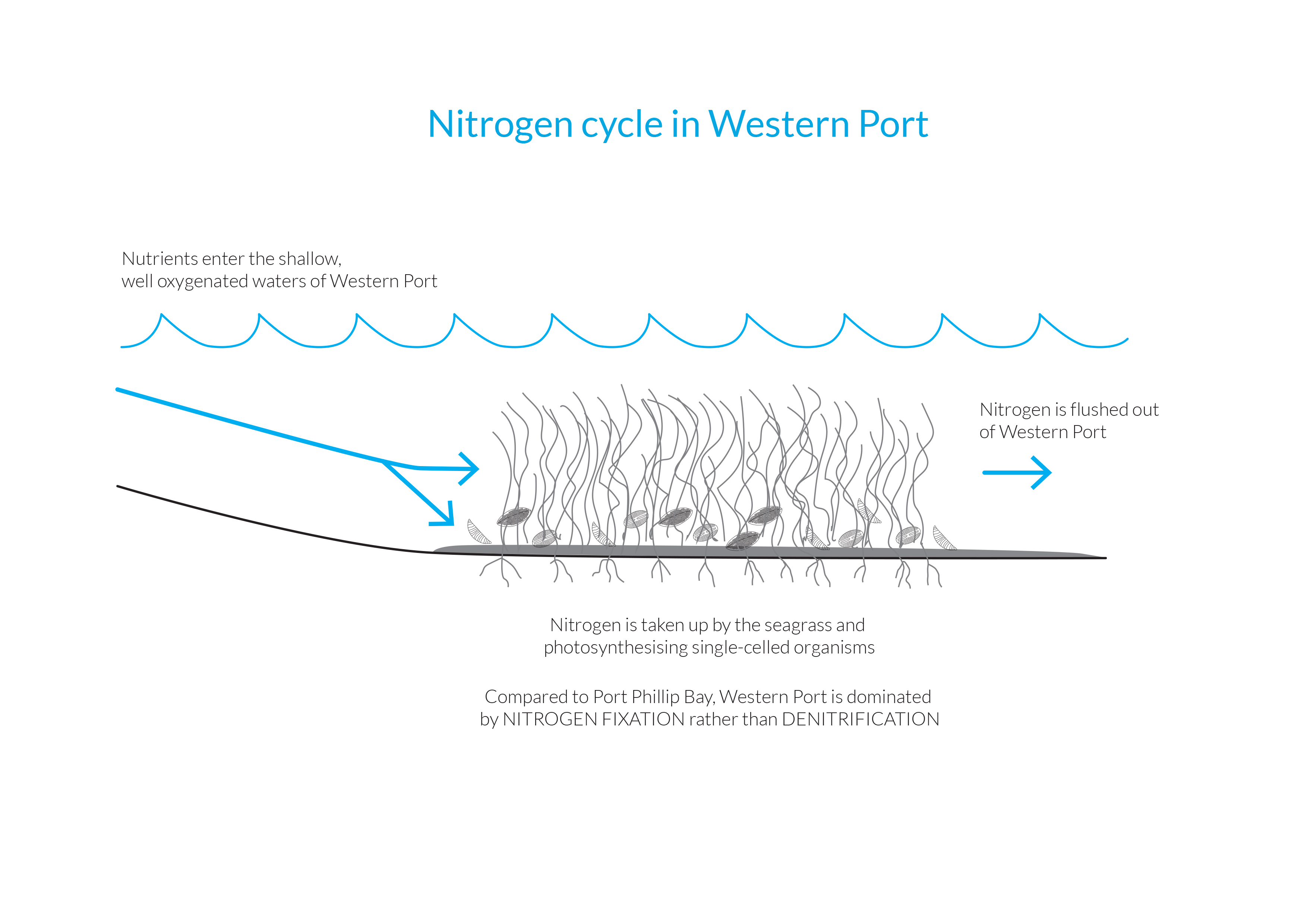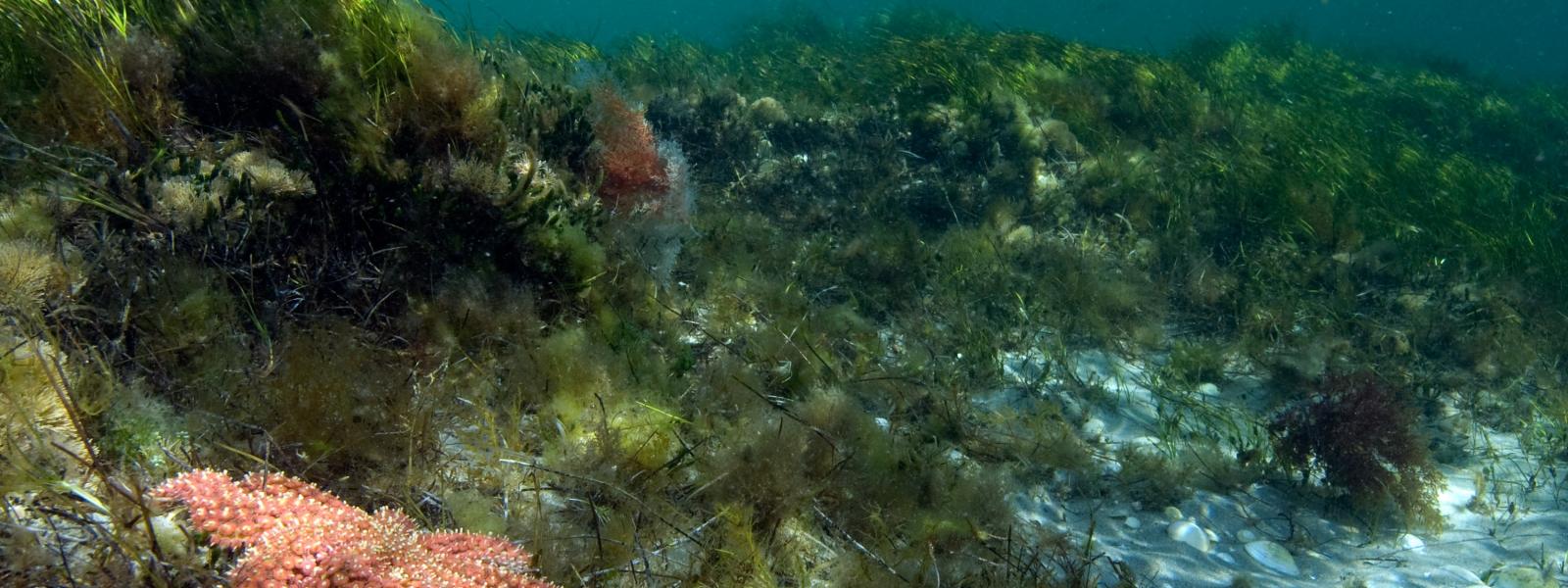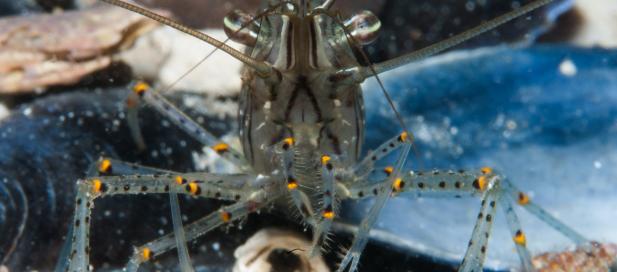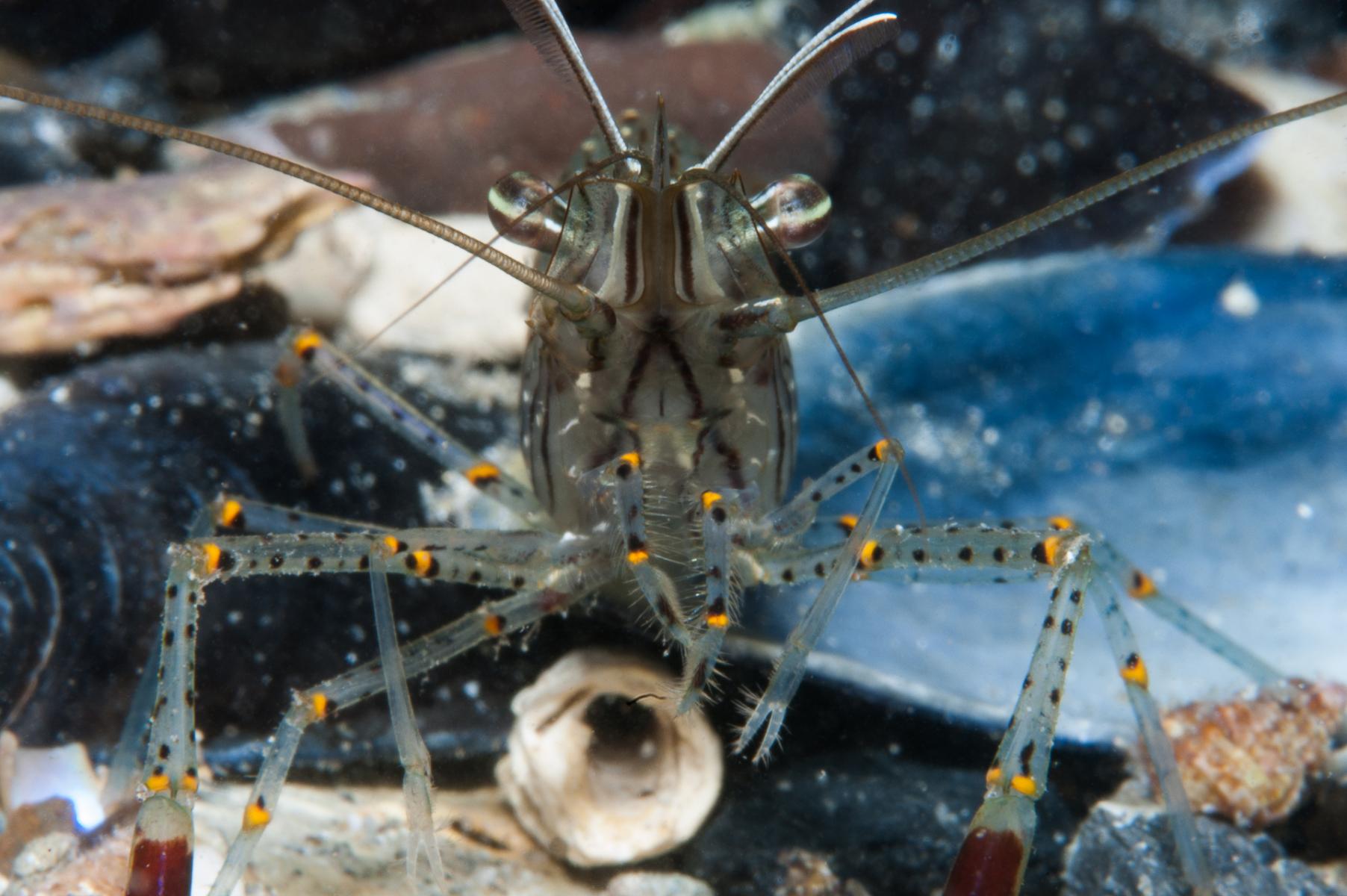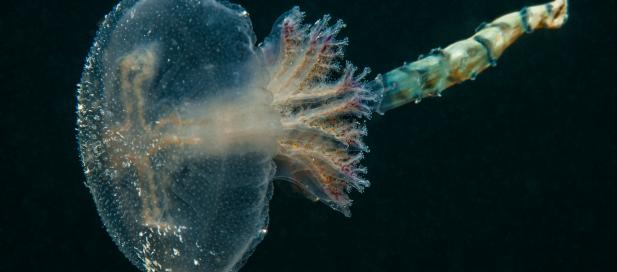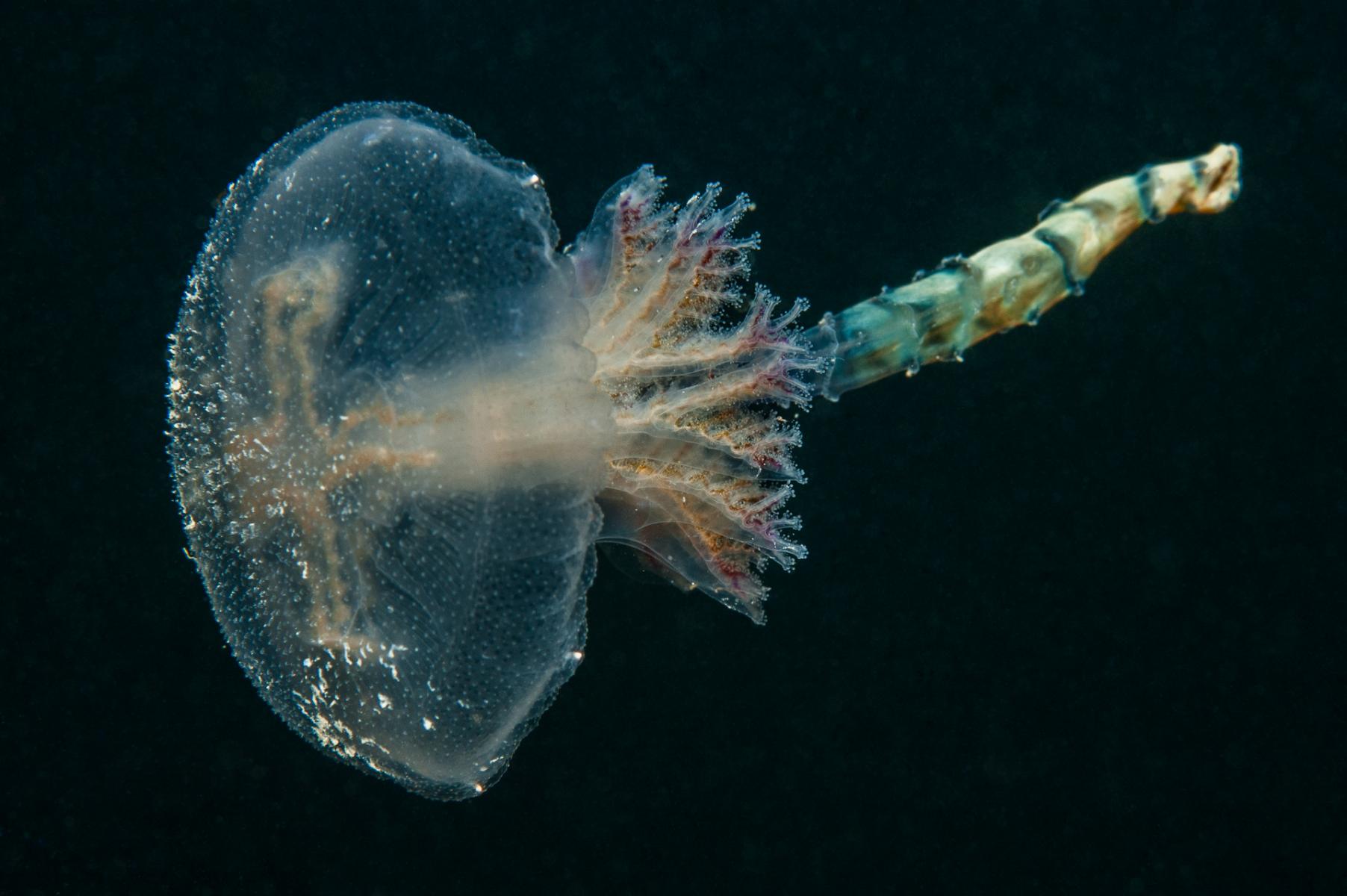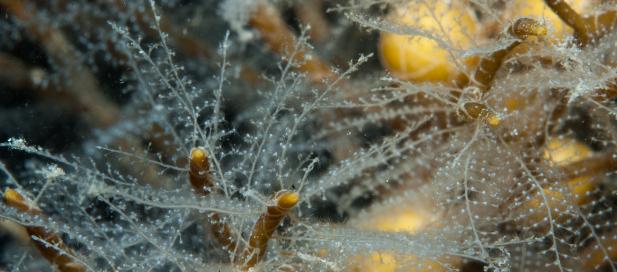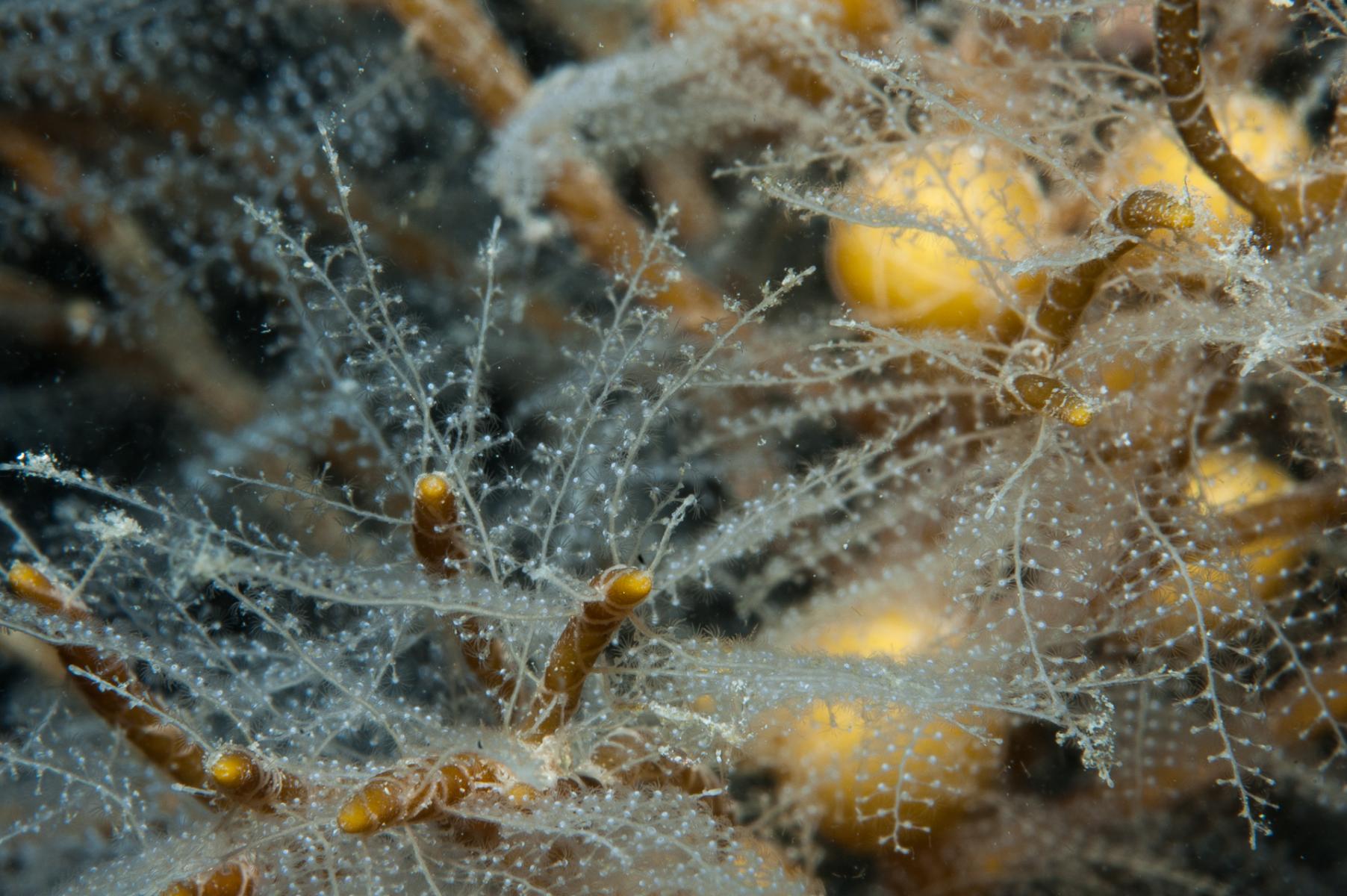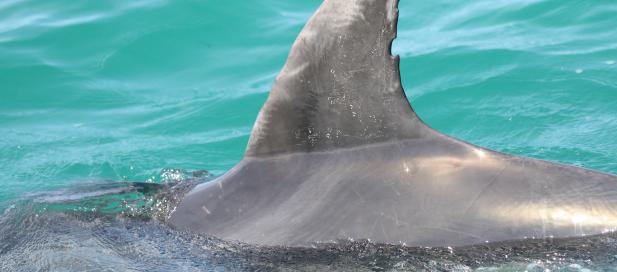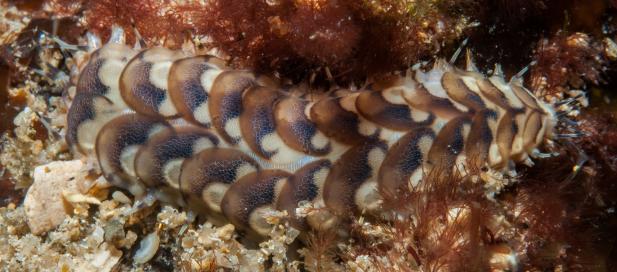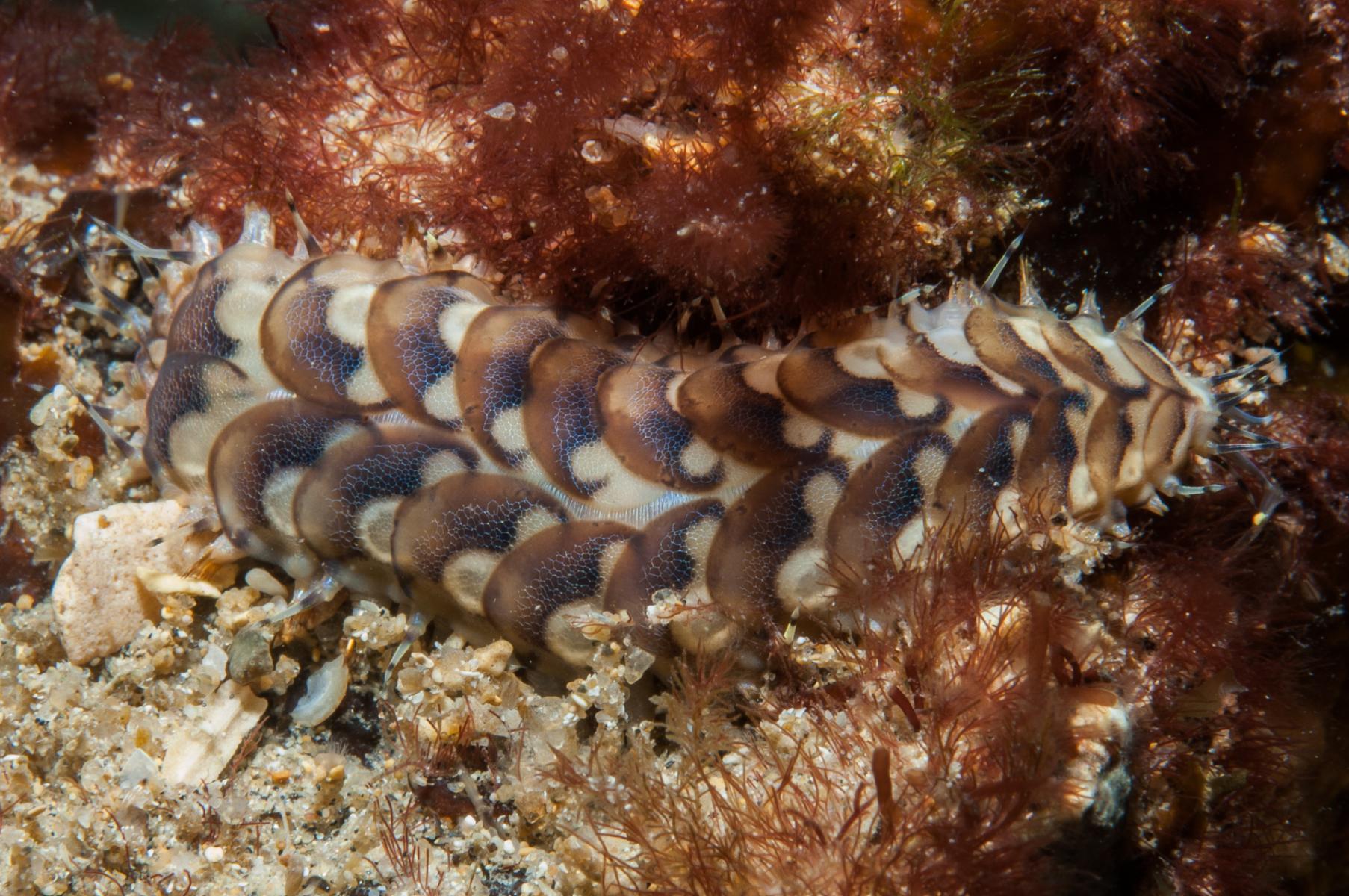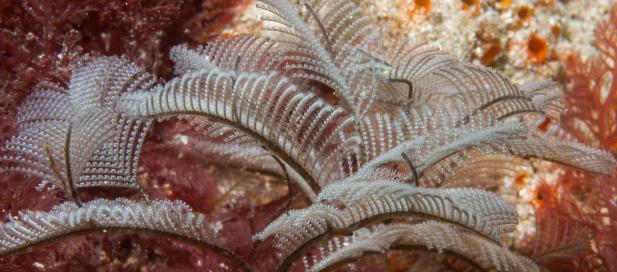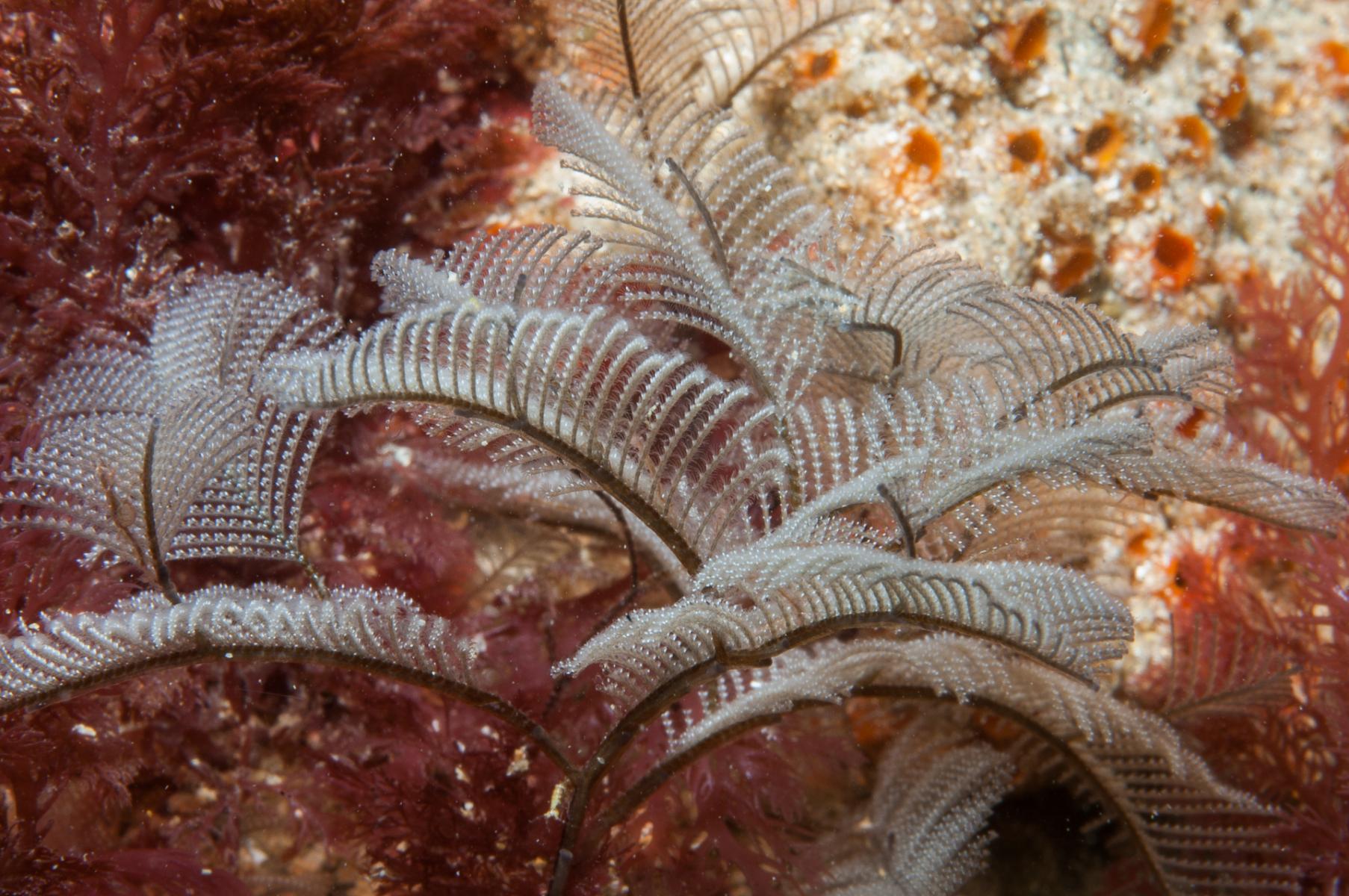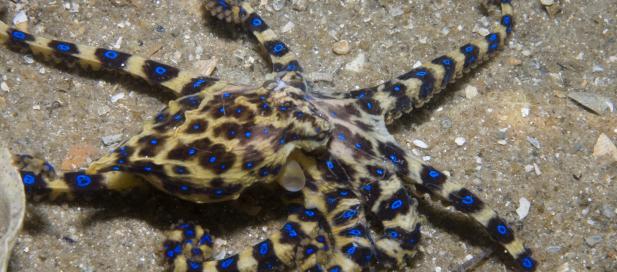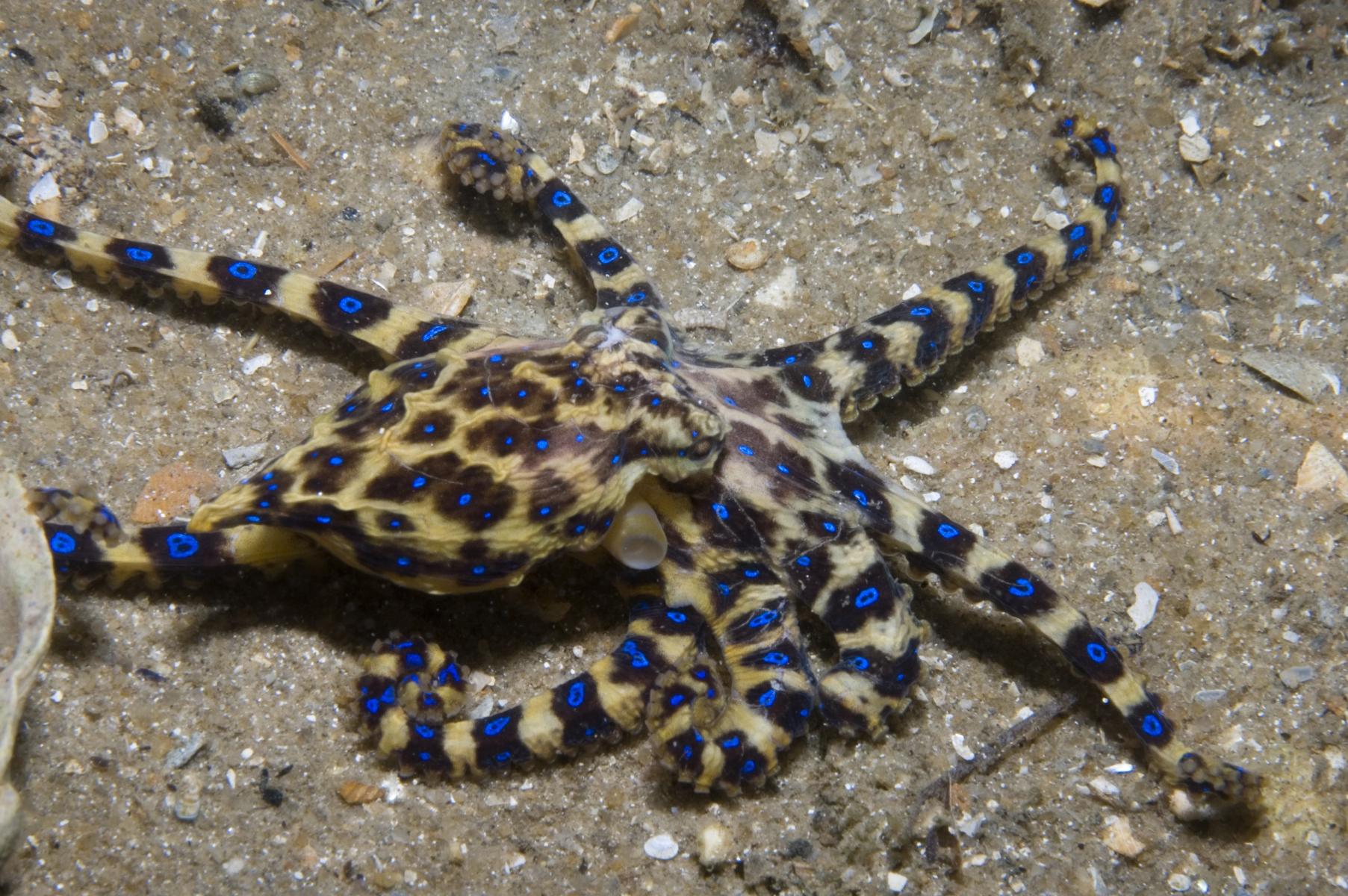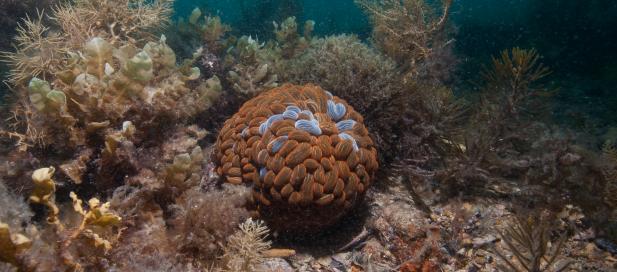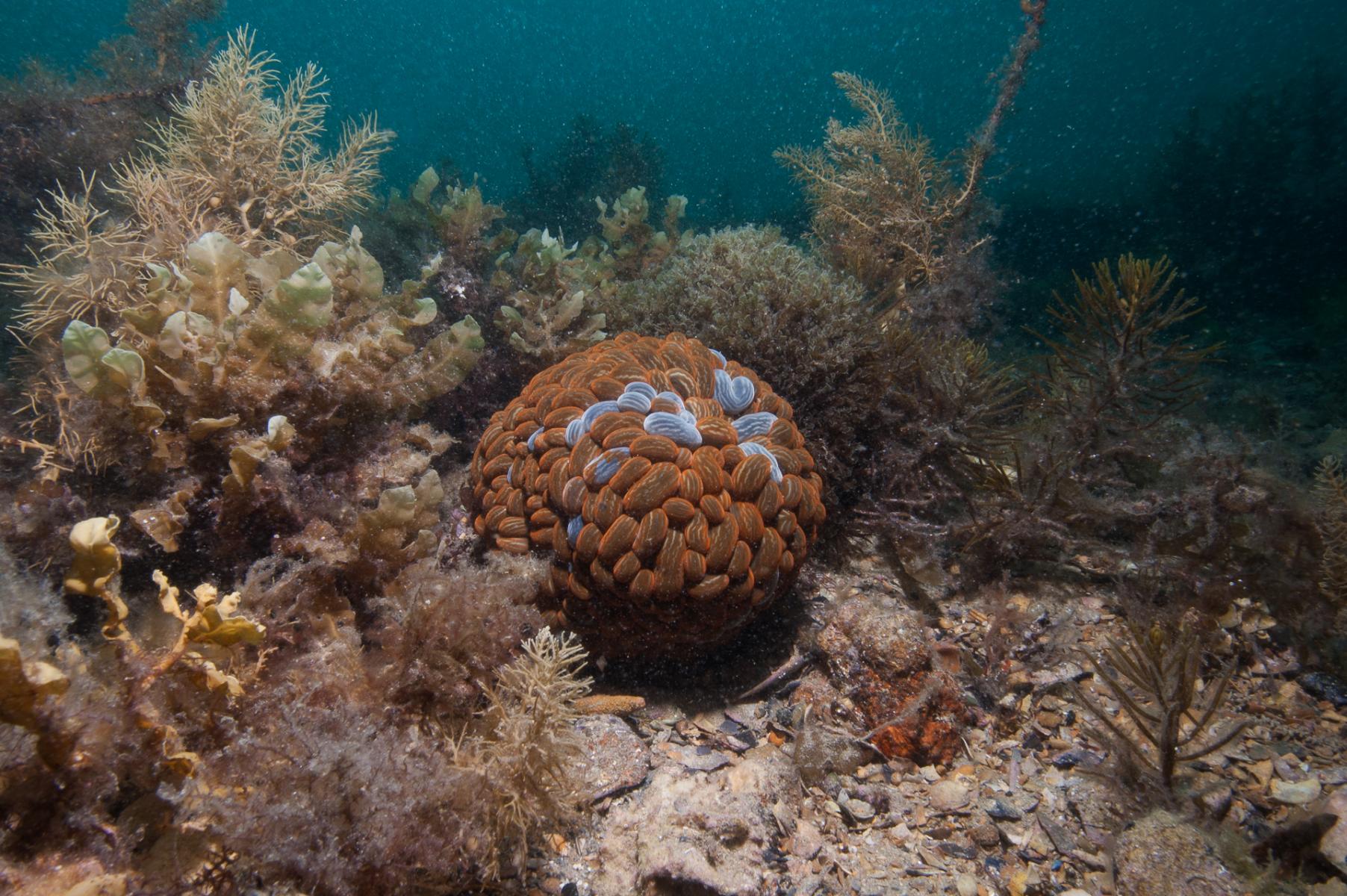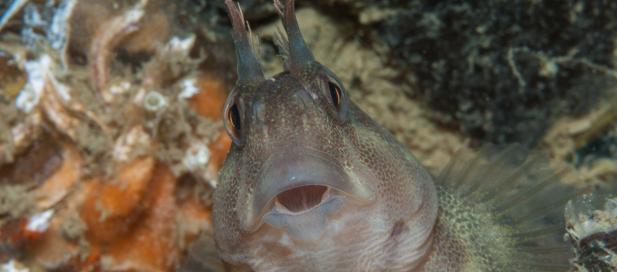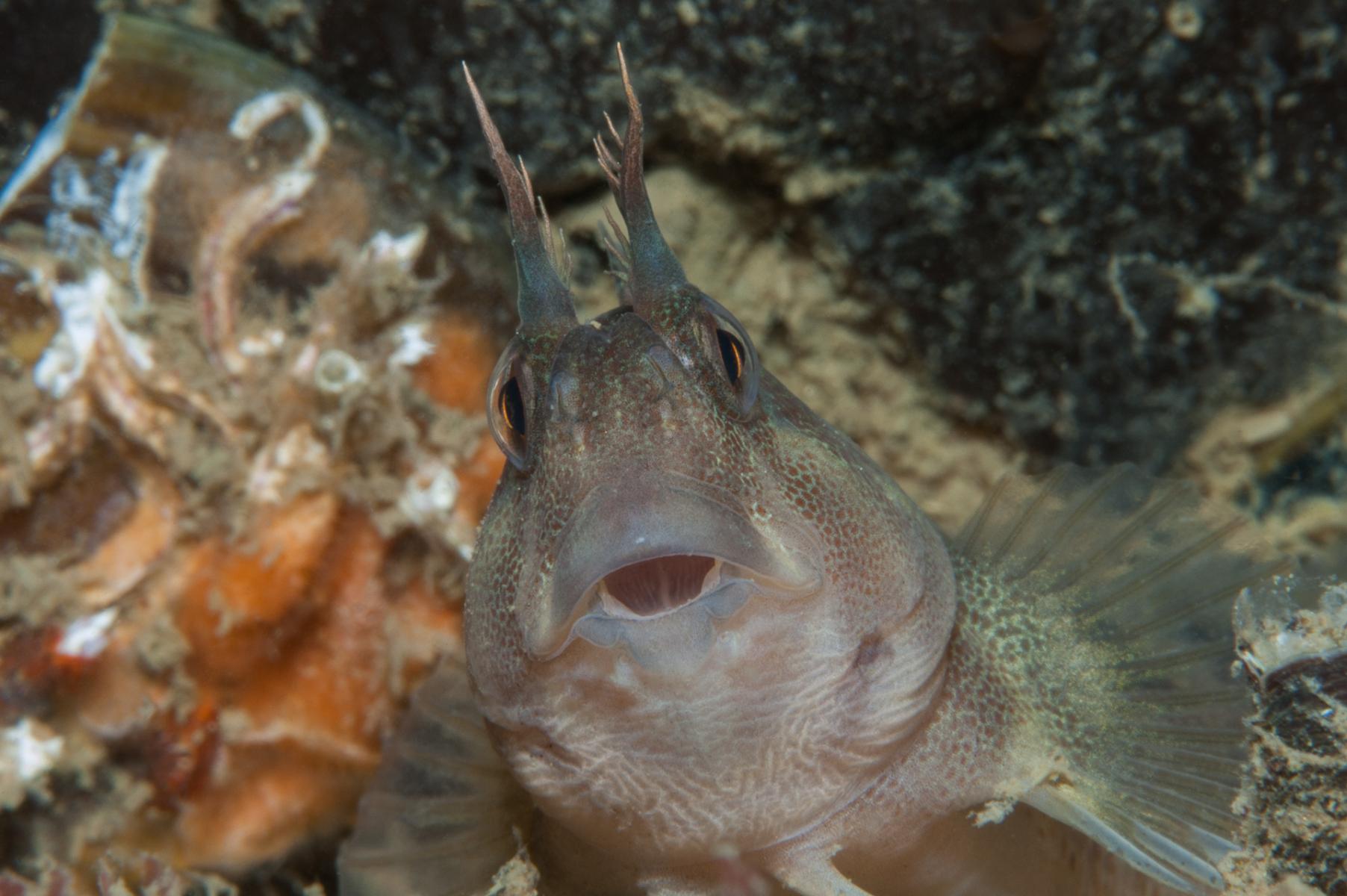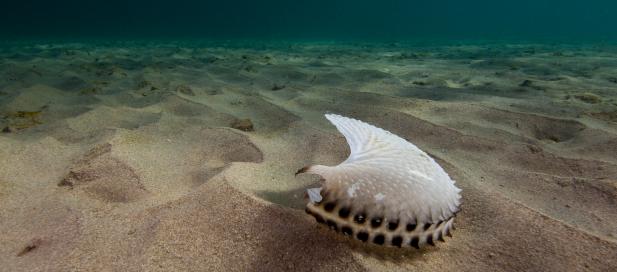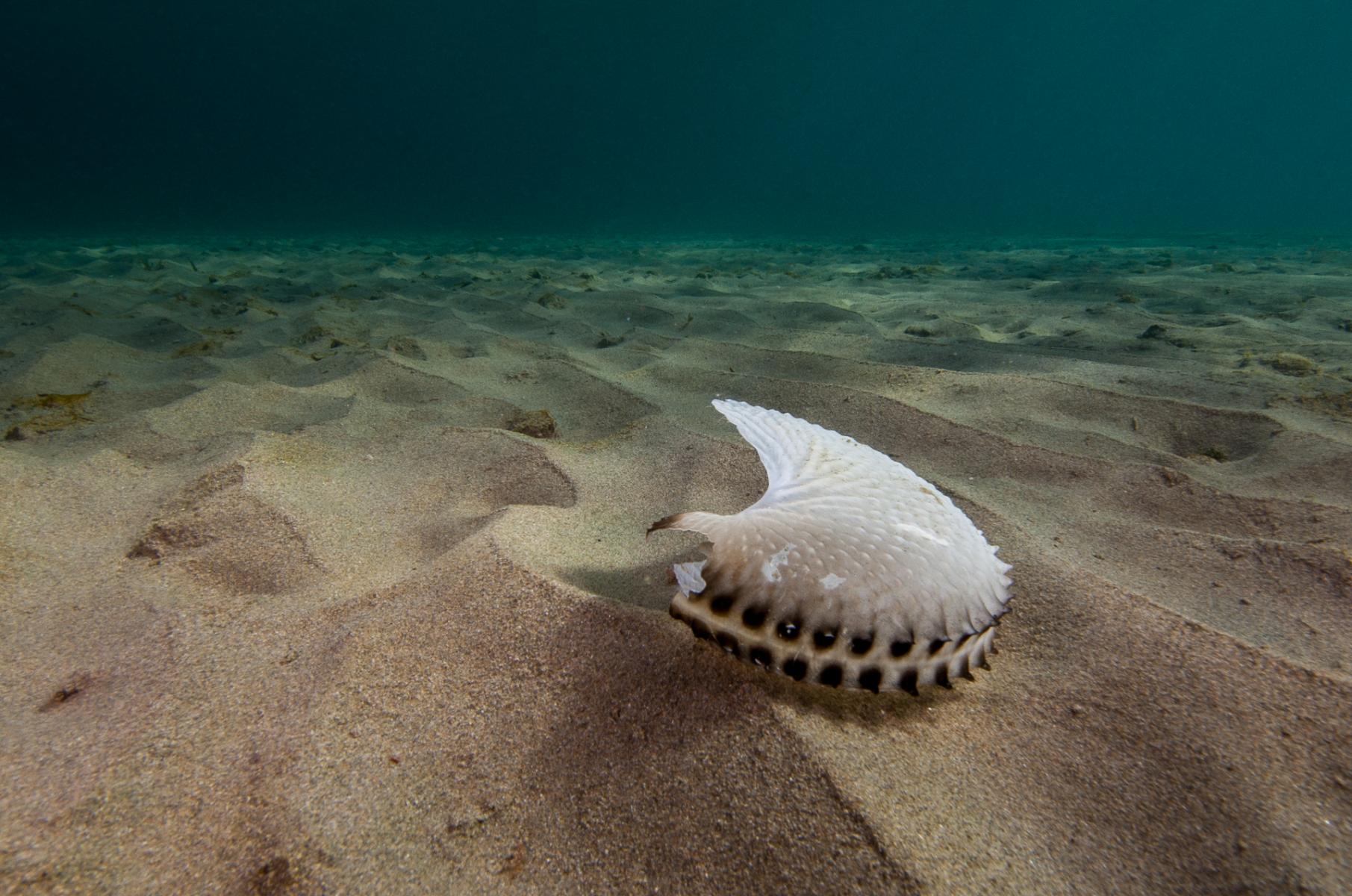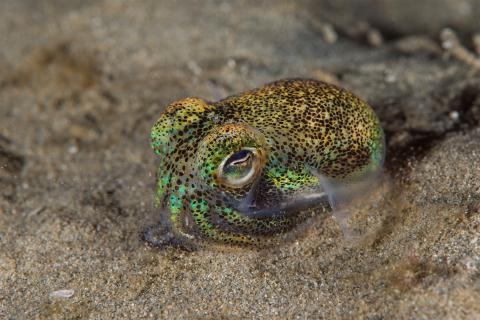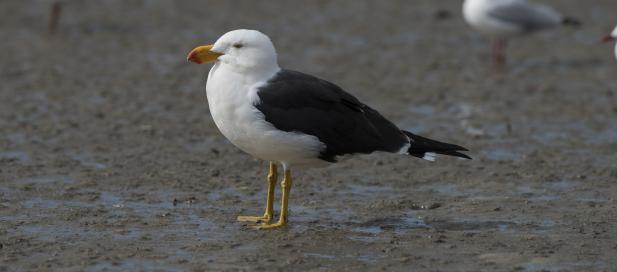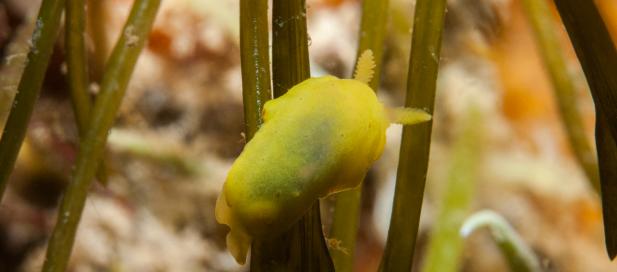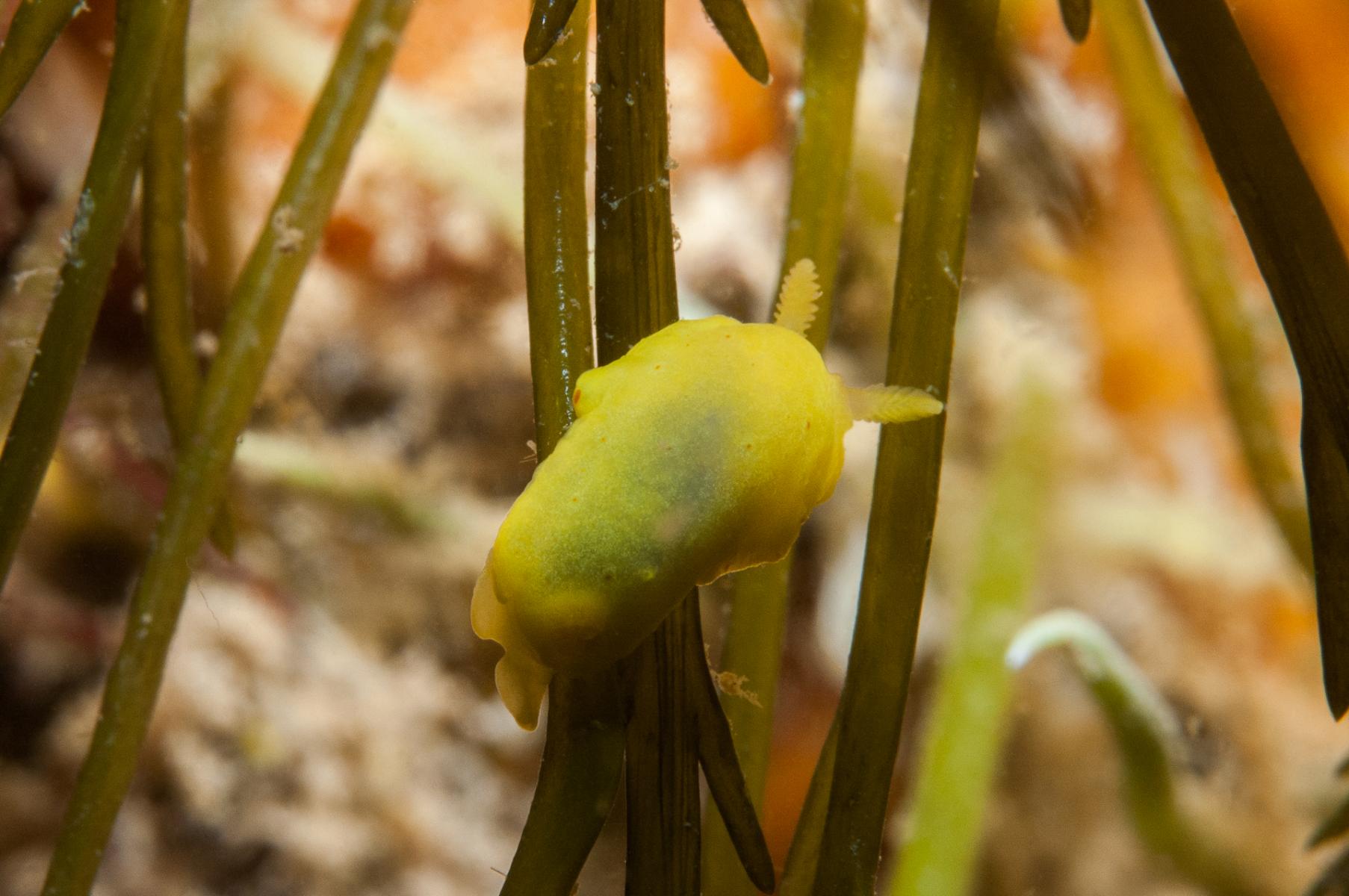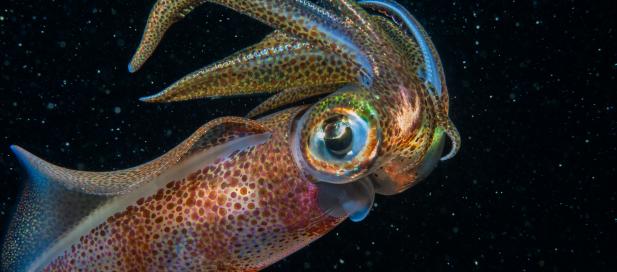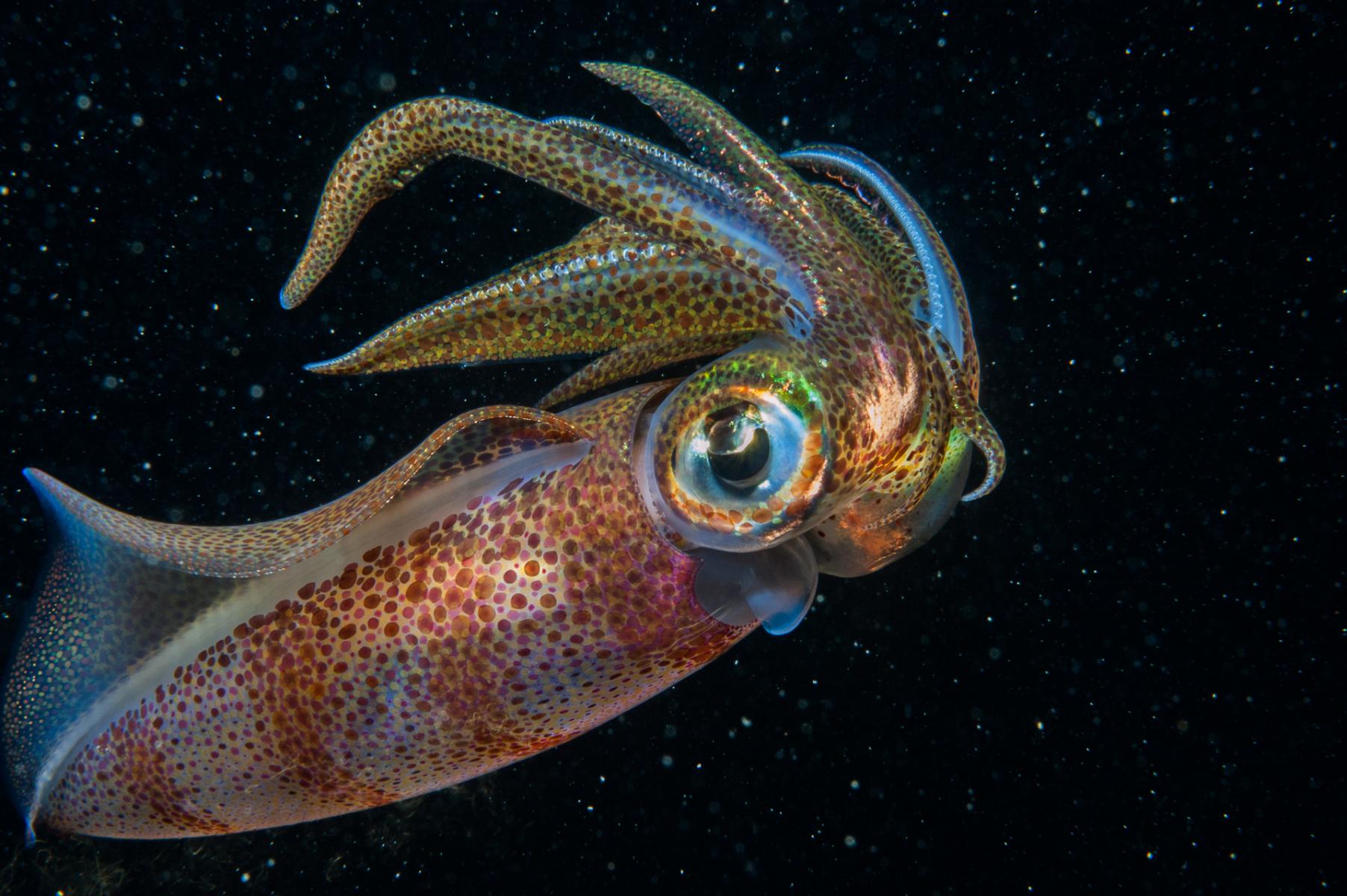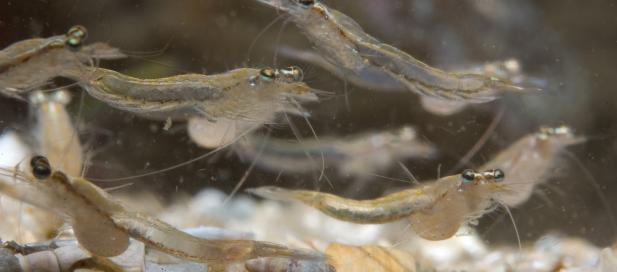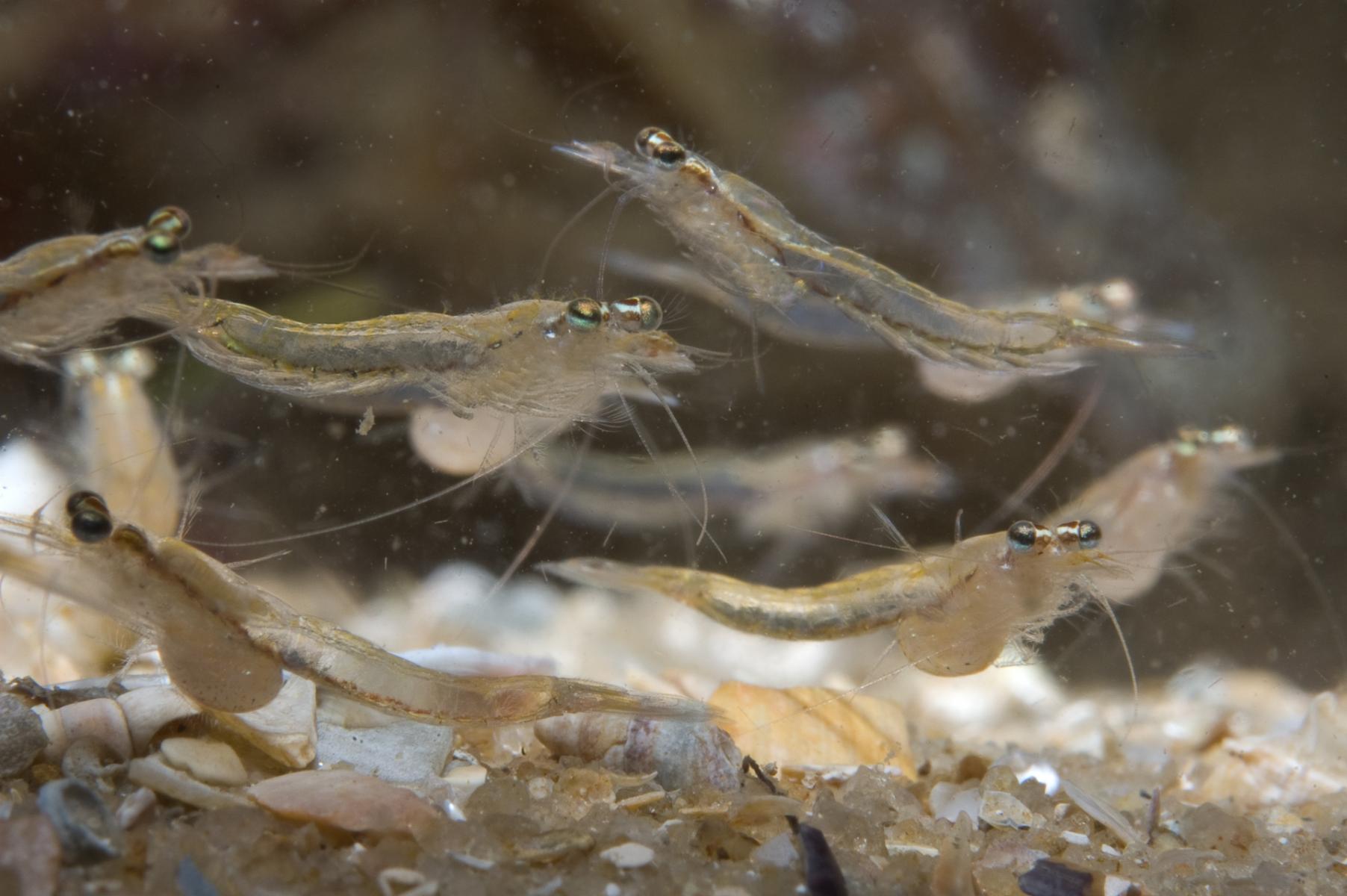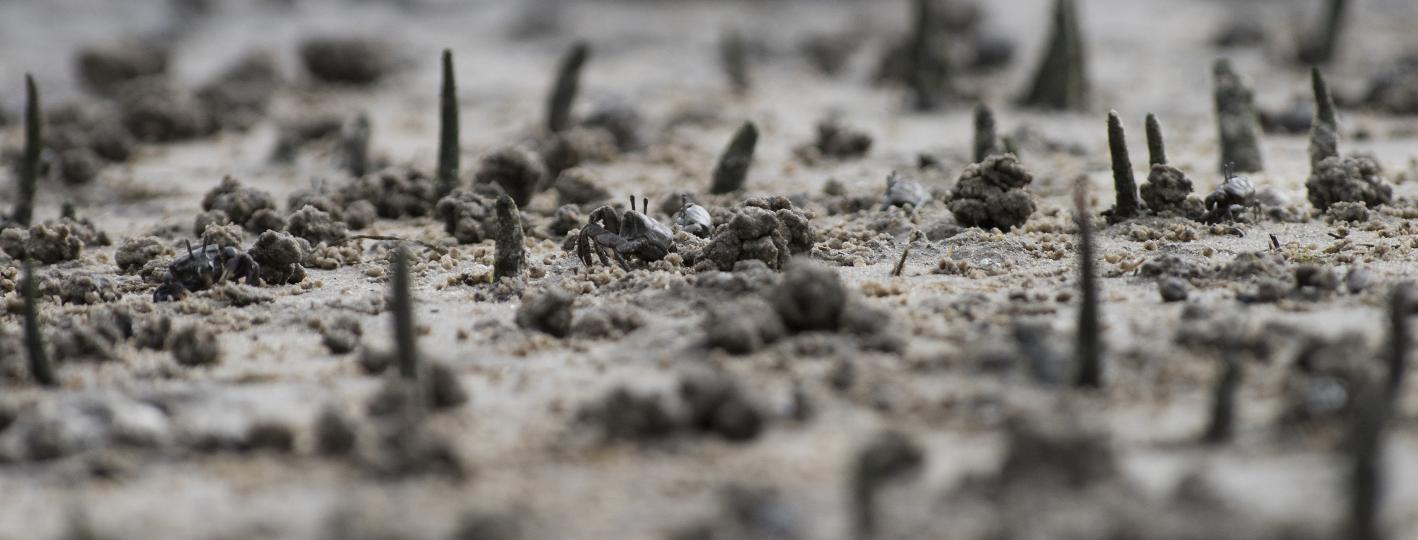Port Phillip Bay and Western Port have clean and healthy nitrogen cycles compared with similar bays close to population centres around the world.
Port Philip Bay is a ‘biologically’ dominated system – that is, it is dominated by phytoplankton.
By contrast, Western Port is a ‘biophysically’ dominated system – that is, it is governed by shore morphology, wave dynamics, wind and light.
Measuring the nitrogen cycle
Nitrogen fixation and denitrification are the critical nutrient cycle processes occurring in Port Phillip Bay and Western Port. Denitrification removes the food (nitrogen) from the system while fixation brings it in.
Denitrification efficiency
Denitrification efficiency (DE) is the proportion of recycled (metabolised) nitrogen lost to the atmosphere as nitrogen gas, compared with the total of inorganic nitrogen forms released by the microbial breakdown of organic matter. DE is estimated by measuring the movement between sediment and water column of the inorganic nitrogen forms – ammonium (NH4+) and oxidised nitrogen (NO2- and NO3-) – and comparing that with N2, which is created when organic matter decomposes in the sediment (see the infographic below, Nitrogen cycle in Port Phillip Bay).
High DE represents a system that effectively removes nitrogen that could potentially cause algal blooms, which can affect the health and recreational amenity of marine and estuarine waters.
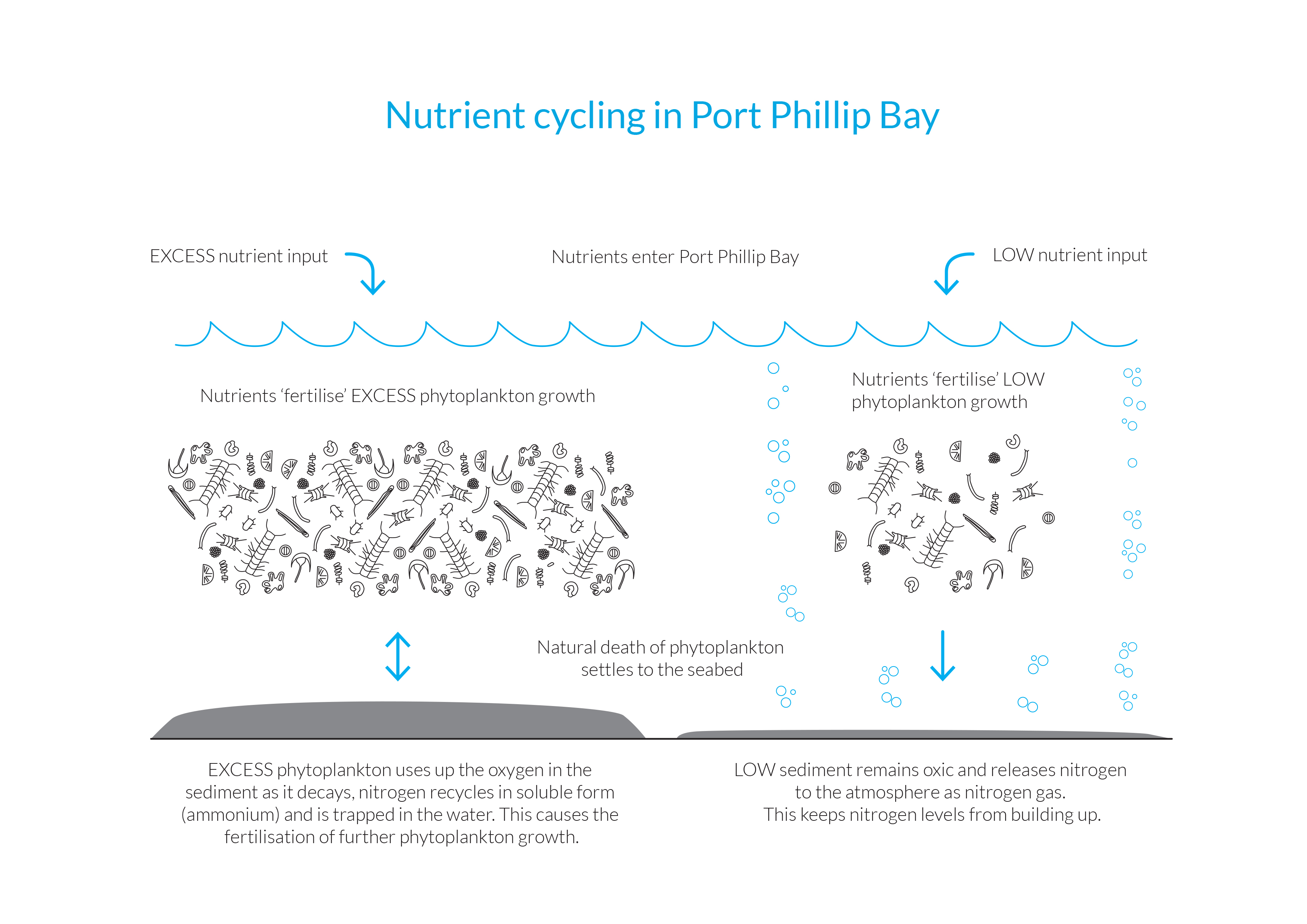
Nitrogen fixation
Nitrogen enters the water through precipitation, runoff, or as N2 from the atmosphere. However, phytoplankton needs nitrogen in biologically available forms to synthesise organic matter. Therefore N2 must undergo nitrogen fixation, a process performed predominately by cyanobacteria (see infographic below, Nitrogen cycle in Western Port).
